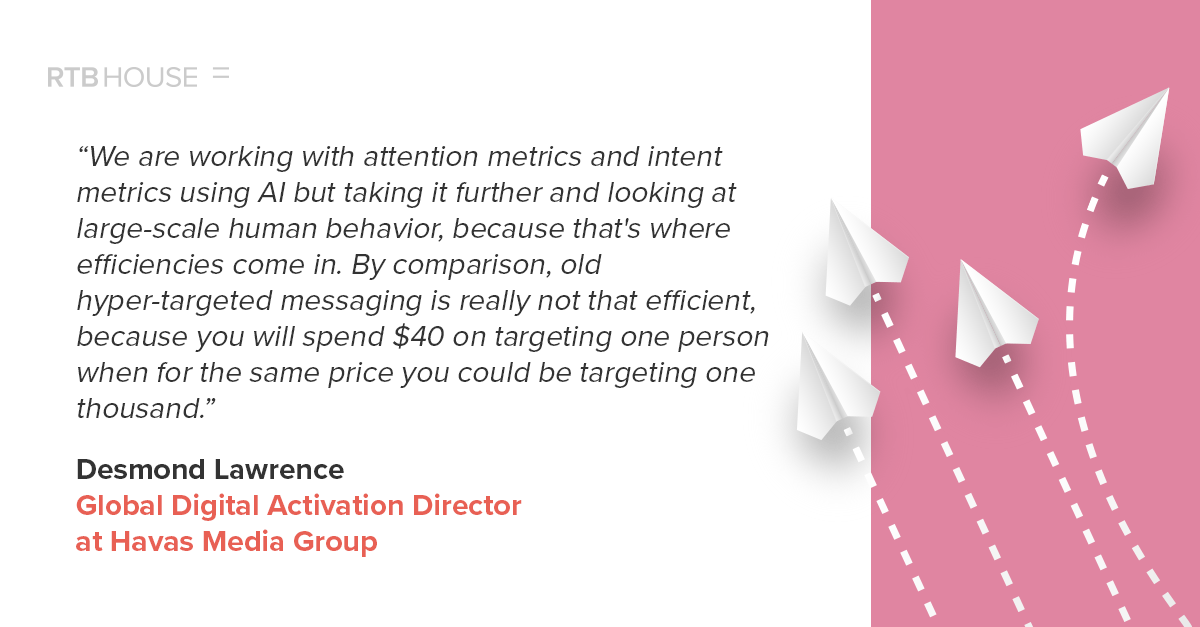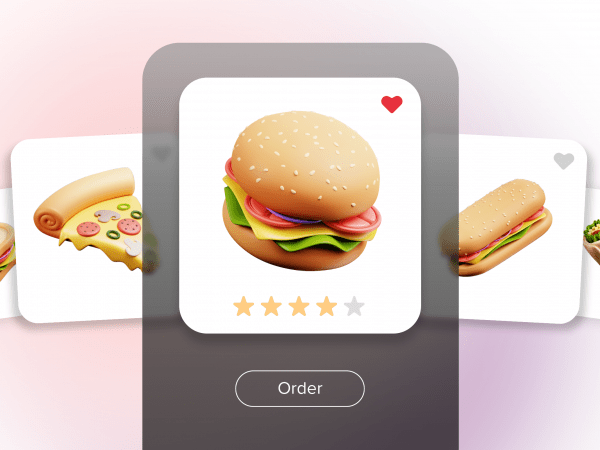Last Updated on: 24th May 2024, 09:31 pm
The last couple of years have seen a revolutionary change in online consumer behavior, with some brands needing to adapt quite radically. That, along with tighter privacy controls, has left agencies wondering what the future of advertising holds and how campaigns will look in 2022 and beyond.
For an answer, we asked Desmond Lawrence, Global Digital Activation Director at Havas Media Group, to set out the key trends he sees in consumer behavior and what that means for the brands and agencies targeting them in the years ahead.
In this article you will learn about:
- Lockdown has accelerated trends: today, consumers are much more savvy and confident in handling digital media, they research more, engage socially more, and are more resistant to manipulation.
- Omnichannel retail is entering a new era: retailers who connect their non-digital, physical and digital messages will be the winners.
- The future of advertising is being shaped and Innovations in metrics will be the big buzz this year and beyond: attention metrics, cohort analysis, and other ways of gauging group behavior will be key.
- The trend to individually tailored purchase experiences will continue, while the future of digital advertising will be less targeted. Messaging will feel more like TV advertising, engaging individuals as members of a like-minded group.
Table of Contents:
- The Smart Consumer is King
- In-store and Online Is Merging
- The Smart Consumer and Ads in the Age of Privacy
If there is one thing that the Covid-19 era has taught us, it is that planning and predicting anything is a risky business. Digital advertising has been rocked by dramatic changes in consumer behavior with the double jeopardy of the end of tracked advertising and a general move away from personal identifiers across digital media. At the same time, trends that were already well in train before the pandemic seem to have accelerated.
What can we learn from the last year that might indicate what to expect in 2022? We asked Desmond Lawrence, the Global Digital Activation Head at Havas Media Group and a seasoned veteran of the digital space, to share his views.
“Users have become a lot more digitally savvy, over the last 24 to 12 months. We’re seeing a lot of ingenuity to outsmart the system. And no matter how much you try to work around outsmarting the user, they will outsmart you. For example, people will research offers more now – they see something on social media and don’t just click on the link, they’ll go take a look at affiliate networks, and see if they can find a deal. That sort of behavior used to be common only in very mature markets, but now it has gone global.”
The Smart Consumer is King
And the businesses that are storming ahead recognize that individually tailored purchase experiences are what their customers want. That savvy is here to stay and so, more than ever, it’s the user who is set to be king. “It’s going to be on their terms, and how the user wants to experience it, how the user wants to buy, how the user wants to do something.”
So, how is the smarter, more assertive consumer changing the way brands sell to them? Lawrence points to the automotive industry. Not long ago, way before they bought, would-be customers would book a test drive which meant going to a website and filling out a form. Now, says Lawrence, people are going to that same website and just buying the car directly.
“That’s a direct-from-factory order. That kind of advancement is a huge leap. I recently experienced this where I booked a test drive in a car. And I spoke to a salesperson for literally 10 minutes face-to-face. The rest of it was done digitally. That’s amazing. In my opinion, that is a huge step forward.”
In-store and Online Is Merging
And a return to physical, high street shopping will not look like a return to the old way of doing things. Digital has inserted itself completely into the post-lockdown consumer mindset and the current trend is for online shopping activity to run concurrently with what goes on in stores. A form of hybrid shopping the nature of which will be entirely driven by the newly empowered consumer is fast becoming the norm.
“A trend that I see increasingly is where people go into stores to experience the product but instead of buying it there, they’ll buy it online regardless of price. The ASOS model of buying online, then sending it back if they don’t like it will start to fade. And the companies that are set to do best in this hybrid world are the ones who do digital really well, but also have a strong store presence.”
Lawrence cites the example of the British home furnishings retailer Dunelm.
“They did a huge reboot of the entire system three years ago, redid the entire website, the entire wholesale system so they could have a single store and digital ecosystem. And they did it brilliantly.” The figures are certainly impressive: Dunelm’s digital sales rose to 115% and it reported a 45% increase in pre-tax profits for the year and hit £158M to June 2021. And this hybridization and blurring of boundaries between digital and non-digital are set to grow in other areas as well.
“I think the crossover between digital and traditional media is going to continue to grow. And the way that people consume traditional media has become very much digital now and vice versa.
“As digital advertising becomes less targeted, specifically to hyper-targeted groups, it will feel more like television does, where you can’t target below a certain number of people whether that’s, that’s policies that a company has, or legislation.”
The Smart Consumer and Ads in the Age of Privacy
For Lawrence, the most important currency for brands this year will be the attention of these smarter, more aware consumers. And the tool that will make all the difference to metrics around the future of advertising will, of course, be artificial intelligence. Tighter privacy controls have become the mothers of invention, and in tech companies, the engines of invention have been running white-hot for some time. New technologies and systems are already emerging and these will impact how brands target consumers and measure the results of digital campaigns for years to come. 
“There’s stuff that I’ve seen recently that is frighteningly accurate. And we are working with attention metrics and intent metrics using AI but taking it further and looking at large-scale human behavior, because that’s where efficiencies come in. By comparison, old hyper-targeted messaging is really not that efficient, because you will spend $40 on targeting one person when for the same price you could be targeting one thousand”.
Once that’s scaled up, the challenge will be to craft a message for a large group of like-minded but still different people. Google’s ingenious, but ultimately doomed FLoC (Federated Learning of Cohorts) algorithm which grouped people into cohorts of interests has now been replaced by the equally interesting ‘Topics’. Within a limited period, your browser will build a picture of your interests from 300 subject areas, and select ads to show you randomly. Google claims it offers more control and privacy than the current system, and users can edit their interests and switch Topics off completely. In any case, for Lawrence, underlying the new era of digital advertising is an ethical and authentic mindset that will ultimately deliver the best results. Savvy consumers are not just smart about tech, but the messages they’re being exposed to as well.
“How do we effectively put a message in front of these people and not manipulate? That’s the key question. The only reason I as a marketer would want to change somebody’s mind from one brand to another is that the brand that I’m working on, I 100% believe is a better brand for that person than another brand”.
More and more innovators in adtech will have to address the fact that, as strategies for delivering messages to consumers develop, they themselves are maturing and becoming more sophisticated and technologically aware of what the future of advertising looks like. If consumers were ever passive recipients of messaging, they are certainly not that now, and the new normal is set to be characterized by a symbiotic relationship between advertisers and their increasingly aware audiences.
If you have any questions, comments or issues, or you’re interested in meeting with us, please get in touch.




